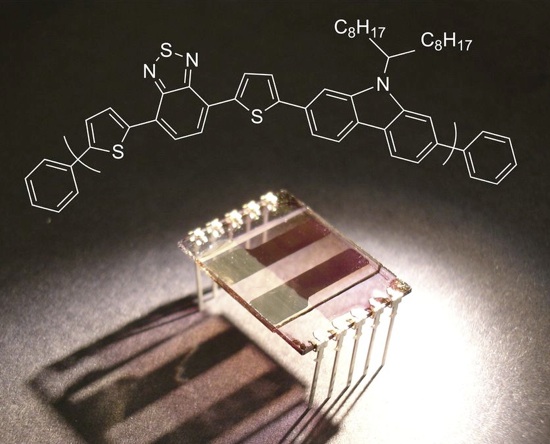Physics tells us that the most efficient solar cell should be able to convert 33.5 percent of solar energy into electricity, but to date the closest that the layabouts we call "scientists" were able to manage was 24 percent efficiency.
Now a new solar cell has smashed that record, reaching 28.4 percent efficiency. They pull this off using a clever and counterintuitive trick: These panels actually absorb less sunlight than conventional solar cells.
Using gallium arsenide, a byproduct of aluminum smelting, scientists at Lawrence Berkeley National Laboratory created a panel that re-emits as fluorescent light some of the photons that hit it, instead of wasting them as heat. This allows the system to use the remaining photons more efficiently. (It also means the new cells glow in the dark, which is cool.)
Gallium arsenide is way more expensive than silicon, but it's also way more efficient, which means these cells could ultimately be cost-competitive with conventional panels.



